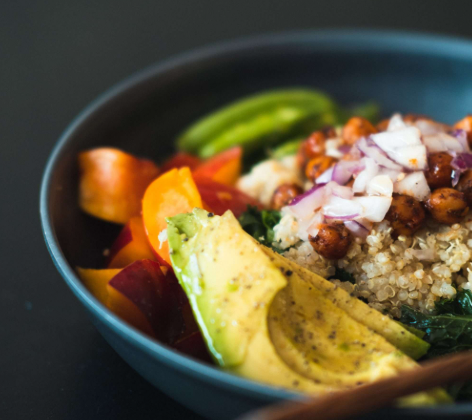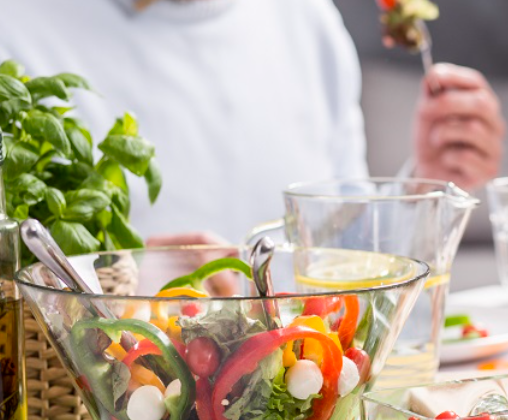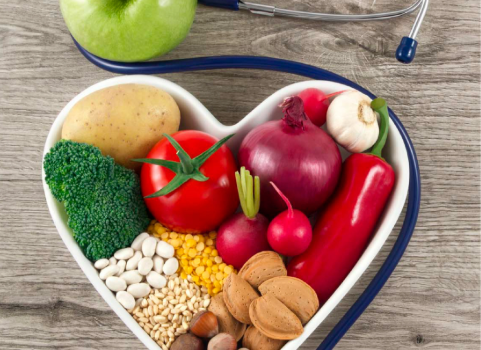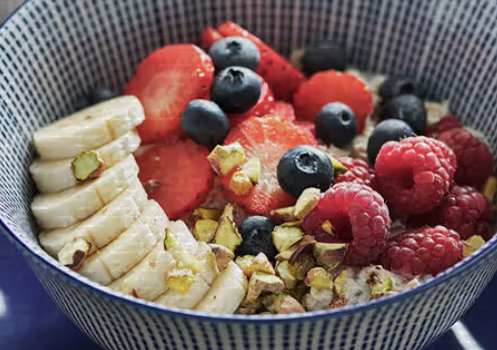
Mindful eating involves focusing on the present moment while eating, using all your senses to appreciate the food in front of you. This practice allows you to make intentional food choices, slow down the eating process, and enjoy the act of nourishing your body. As we become more mindful of our eating habits, it helps us foster a healthier relationship with food, making it easier to manage eating behaviors and overall health.
Why Should You Try Mindful Eating?
In today’s fast-paced world, we often find ourselves eating on the go or distracted by our phones, TV, or work. This makes eating a hurried and thoughtless task. We may consume food without noticing how much we’re eating or whether we’re truly hungry. This lack of attention can result in overeating, digestive discomfort, and an inability to tune into our body’s hunger and fullness cues.
Mindful eating counters this by helping us slow down, making intentional food choices, and understanding why we eat. It allows us to distinguish between physical hunger and emotional cravings, so we can address triggers like stress or boredom without reaching for food. By becoming more aware of what and how much we eat, mindful eating can support better digestion, weight management, and overall health.
What Does Mindful Eating Involve?
Mindful eating is all about paying close attention to how food makes us feel, both physically and emotionally. It’s not about judgment or strict rules, but about creating a healthier, more enjoyable relationship with food. By being present during meals, you can listen to your body’s hunger and fullness signals, eat at a comfortable pace, and avoid overeating.
Key aspects of mindful eating include:
- Paying attention to the sensory experience of eating—smelling, tasting, and feeling the food.
- Recognizing when you’re eating due to physical hunger versus emotional or environmental triggers.
- Eating slowly and without distractions, such as TV or phones.
- Stopping when you’re satisfied, rather than when you’re overly full.
- Fostering a positive relationship with food and learning to appreciate the nourishment it provides.
Although mindful eating can be helpful for those trying to lose weight, it’s important to note that weight loss is not the primary goal of this practice. The main benefit is greater awareness of food choices, leading to a more balanced and enjoyable eating experience.
Practical Steps for Mindful Eating
If you’re ready to start practicing mindful eating, here are some steps to incorporate into your routine:
- Create a Calm Eating Environment: Before you begin, take a moment to observe your surroundings. Turn off distractions like the TV and put away your phone. Focus on the food in front of you, noticing its color, texture, and smell.
- Engage Your Senses: As you begin eating, take small bites and notice the sensation of the food in your mouth. Pay attention to its texture and flavor, and chew slowly, savoring each bite.
- Pause and Reflect: Periodically pause during your meal to check in with yourself. How does the food make you feel? Are you starting to feel full or satisfied? If so, consider stopping your meal before you reach a point of discomfort.
- Focus on Hunger Cues: Tune into your body’s natural hunger signals. Are you eating because you’re truly hungry, or is it due to stress, boredom, or habit? Learning to differentiate between emotional and physical hunger can help you make more mindful food choices.
- Practice Consistently: Mindful eating is a practice, so the more you incorporate it into your daily life, the easier it becomes. Over time, you’ll develop a deeper connection with your body’s needs and a healthier attitude toward food.
The Research Behind Mindful Eating
Numerous studies have shown that mindful eating can positively impact emotional eating and disordered eating patterns. For example, a 2022 study found that mindful eating practices helped reduce binge eating, though significant weight loss was not observed. Similarly, a 2019 review of 15 studies found a strong link between mindful eating and decreased binge eating, reduced eating without hunger, and improvements in body mass index (BMI).
Mindful eating can help individuals become more aware of their internal hunger cues, which can lead to healthier food choices and better control over food intake. One 2017 review of 68 studies found that mindfulness-based eating interventions were especially effective for reducing emotional eating and binge eating. Some studies also showed reduced food intake among overweight and obese individuals, helping prevent weight gain.
Another study involving 200 adults with obesity demonstrated that mindful eating interventions helped reduce sweet cravings and stabilize blood sugar levels, showing potential for managing metabolic health.
While research on mindful eating is still growing, the evidence so far indicates that this approach can have a positive impact on overall health, especially in managing eating behaviors.
Potential Downsides of Mindful Eating
Though mindful eating offers many benefits, it’s important to acknowledge its limitations. For one, it is not a substitute for professional treatment for clinical eating disorders. Mindful eating can complement traditional therapy but should not replace it for severe conditions.
Additionally, mindful eating is not specifically designed for weight loss. While it can lead to healthier food choices and even weight loss as a side effect, the primary focus is on improving the overall eating experience and fostering a healthier relationship with food. It’s important to keep in mind that weight loss is not guaranteed when practicing mindful eating, and the goal should be to cultivate awareness, not necessarily reduce calories.
Conclusion
Mindful eating is an effective way to improve your eating habits, understand your body’s needs, and foster a more positive relationship with food. By slowing down and focusing on the sensory experience of eating, you can make more intentional choices, avoid overeating, and support better digestion. While mindful eating isn’t a quick fix for weight loss, it can provide lasting benefits for your overall health and well-being. If you want to make more mindful choices in your daily eating routine, start practicing today and see how it transforms your relationship with food.

















